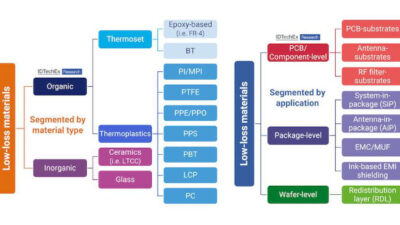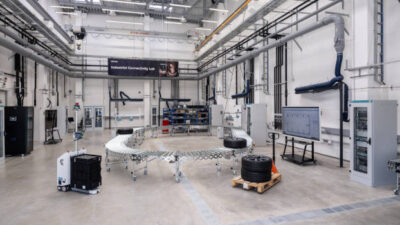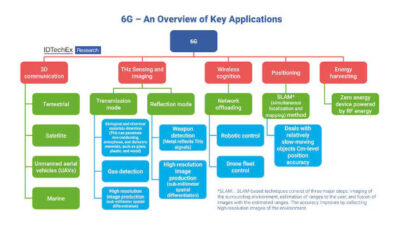Industrial communication network gateways translate messages from one protocol to another. The function can be embedded in a chip, in a device or board that may be embedded, or in a standalone device. Other devices, such as a PC, can provide gateway (or device server) functions. A gateway, notes Helge Hornis, manager, intelligent systems group, Pepperl+Fuchs, must fully understand the content o...
Industrial communication network gateways translate messages from one protocol to another. The function can be embedded in a chip, in a device or board that may be embedded, or in a standalone device. Other devices, such as a PC, can provide gateway (or device server) functions. A gateway, notes Helge Hornis, manager, intelligent systems group, Pepperl+Fuchs, must fully understand the content of the messages and intelligently translate them into the other network protocol. In industrial automation, gateways involve protocol conversion, says Jim Toepper, product marketing manager, Moxa Inc. In commercial environments, gateways can also be called routers, he says, while in consumer markets (home use), a gateway can refer to the wired or wireless device that helps share an Internet connection.
Why gateways?
With more manufacturing interconnections to other areas of the enterprise, it’s no wonder that gateways remain of interest. Practical advantages of using gateways include ability to get information from other locations in the facility or supply chain, feed other systems with real-time data from manufacturing (and make manufacturing information more relevant and efficient), and even program or troubleshoot systems from other areas of the plant, company, or world, with appropriate security clearances.
Gateways provide a means to extract or import data from one level or system of manufacturing and other areas of the enterprise and supply chain, such as warehousing, engineering design, customers, sales, service, and others. They can serve as the mechanism for interconnecting various layers. Gateways also connect older, serial-based communications or analog signals with newer digital networks.
In addition, because various industrial Ethernet protocols are available, information from multiple protocols may need to be translated from one to the other and back again. Some industrial gateways transfer information from wired protocols to wireless and back.
One to one, or many
Gateways can translate specifically from one protocol to another, or from many to many. Sometimes multiple network functionality is embedded in one device. A module, chip, or firmware may vary as needed. And, with protocols beyond Ethernet, different ports accommodate differences in physical layer network requirements. Rockwell Automation says a gateway device also can connect two or more networks that use the same protocols.
Designs vary. Generally, gateways include one or more processors with embedded software, sometimes called firmware. The software looks at a message written in one networking language then converts it to appropriate sizes and speeds for the receiving network on the other end. Because networks run at varying speeds, a gateway must include some memory to help store or buffer data as it’s getting translated from one to another. Serial data can stream from an asynchronous serial port on one side to a 10/100 Ethernet port on the other, says Daryl R. Miller, Lantronix vice president of engineering. Flash memory and random access memory (RAM) accepts the data stream and “packetizes” data into frames appropriate to the Ethernet protocol. Unpacking, happens in the other direction. Miller says small embedded gateway devices are more economical and easier to use than other gateway options, such as desktop PCs, akin to using a “sledgehammer to pound in a tack.”
Chris Collis, senior product marketing manager for Digi International, concurs: “Versus a PC, the gateway has no moving parts, is more cost-effective, is smaller, and more easily deployable in the field.”
Author Information
Mark T. Hoske, Control Engineering editor in chief, covers networks, control components, and system integration. Reach him at [email protected] .



